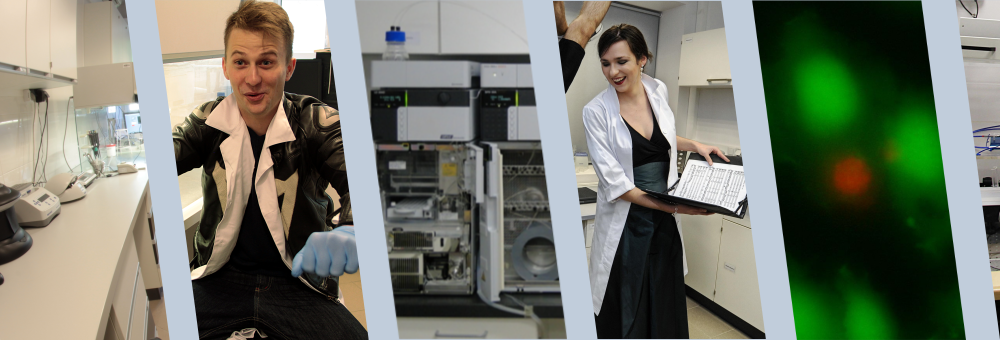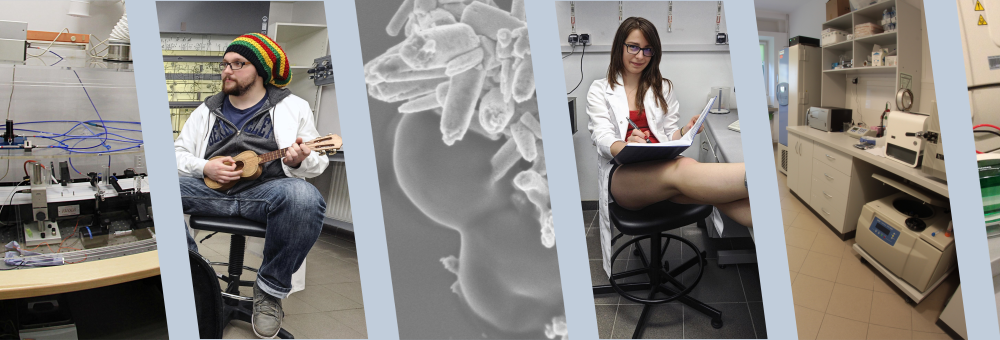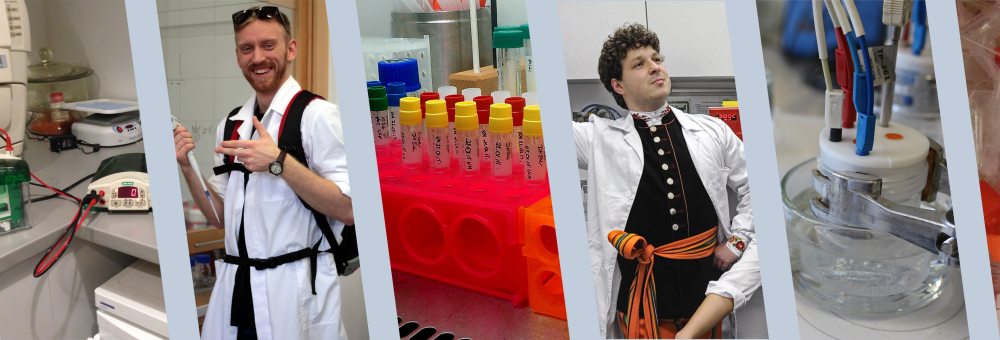Publication
Characterization of Caulobacter crescentus FtsZ Protein Using Dynamic Light Scattering
Author(s): Hou, Sen and Wieczorek, Stefan A. and Kaminski, Tomasz S. and Ziebacz, and Tabaka, Marcin and Sorto, Nohemy A. and Foss, Marie H. and Jared T. and Thanbichler, Martin and Weibel, Douglas B. and Nieznanski, Krzysztof and Holyst, Robert and Garstecki, Piotr
Title: Characterization of Caulobacter crescentus FtsZ Protein Using Dynamic Light Scattering
Abstract: The self-assembly of the tubulin homologue FtsZ at the mid-cell is a step in bacterial cell division. We introduce dynamic light (DLS) spectroscopy as a new method to study the kinetics of FtsZ in solution. Analysis of the DLS data that the FtsZ polymers are remarkably monodisperse in length, of the concentrations of GTP, GDP, and FtsZ monomers. of the diffusion coefficient of the polymers demonstrate their length is remarkably stable until the free GTP is consumed. estimated the mean size of the FtsZ polymers within this interval of length to be between 9 and 18 monomers. The rates of FtsZ and depolymerization are likely influenced by the of GDP, as the repeated addition of GTP to FtsZ increased rate of polymerization and slowed down depolymerization. Increasing FtsZ concentration did not change the size of FtsZ polymers; it increased the rate of the depolymerization reaction by free GTP. Using transmission electron microscopy we observed FtsZ forms linear polymers in solutions which rapidly convert to bundles upon contact with surfaces at time scales as short as seconds. Finally, the best studied small molecule that binds to PC190723, had no stabilizing effect on Caulobacter crescentus FtsZ in vitro, which complements previous studies with Escherichia FtsZ and confirms that this class of small molecules binds Gram-negative FtsZ weakly.
Pages: 23878-23886
Journal: JOURNAL OF BIOLOGICAL CHEMISTRY
Volume: 287
ID: ISI:000306511300058
Year: 2012
DOI: 10.1074/jbc.M111.309492









